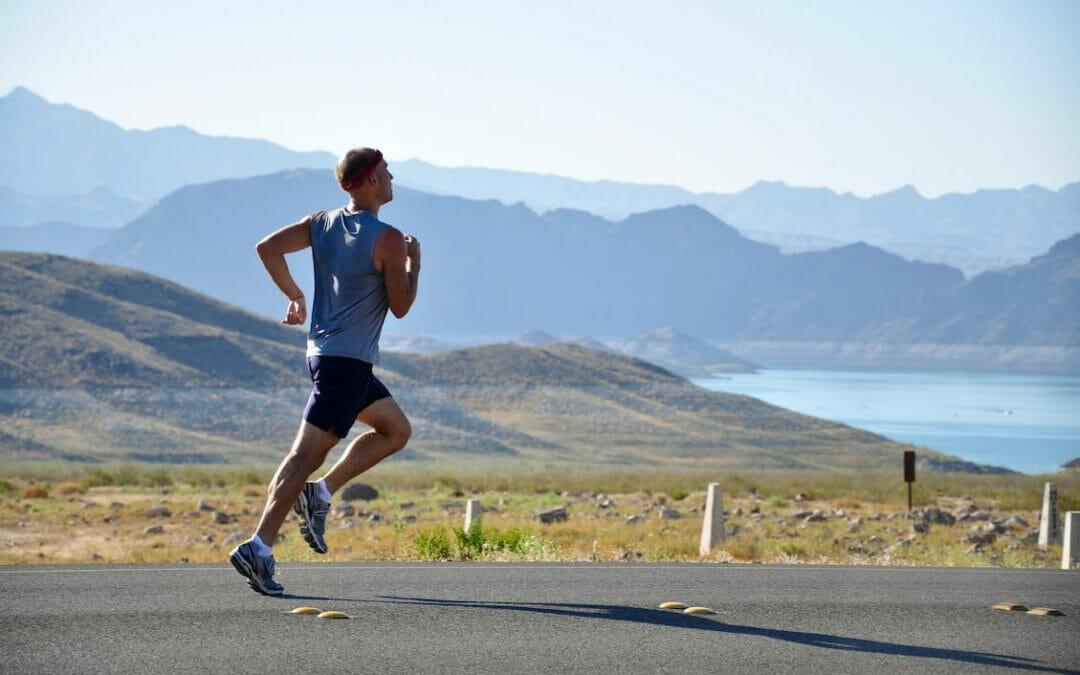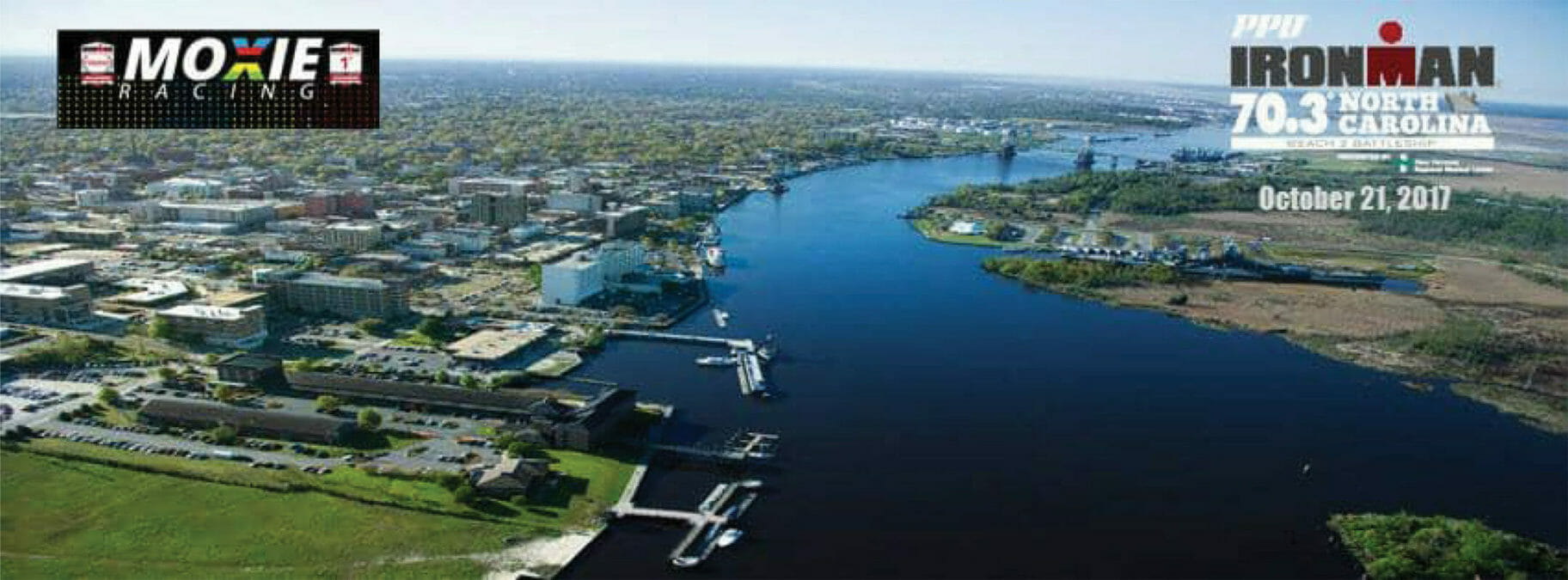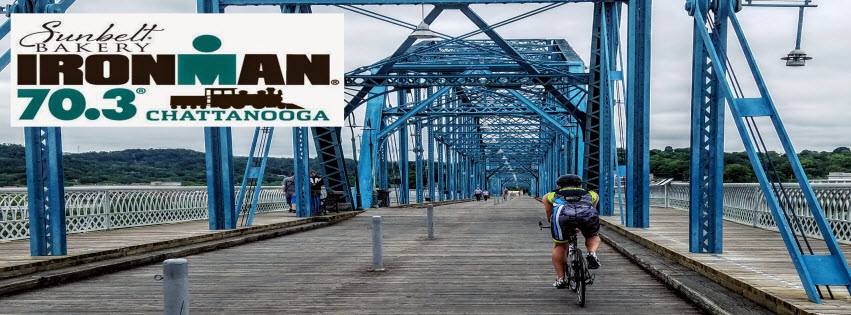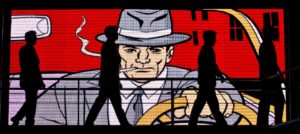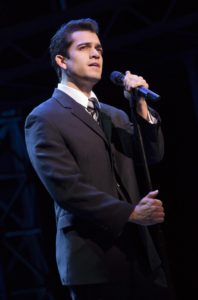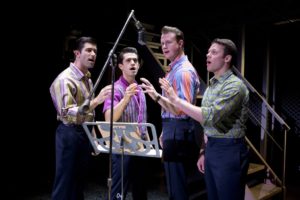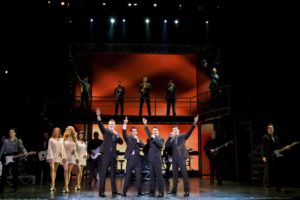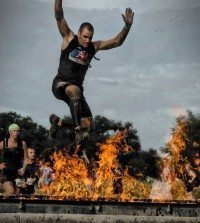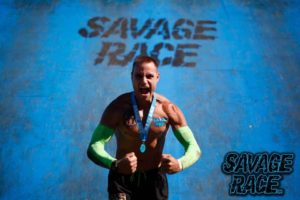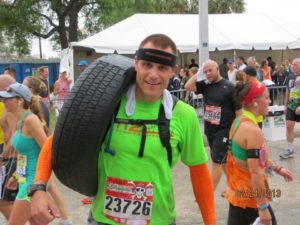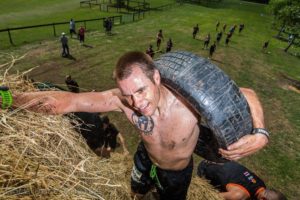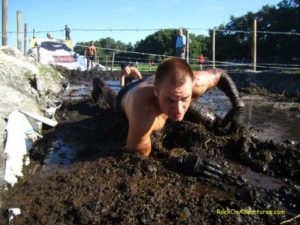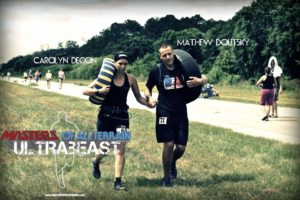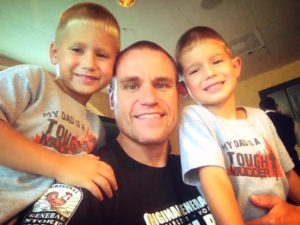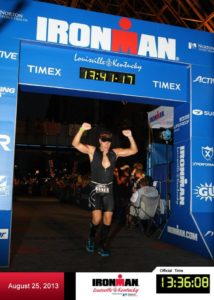
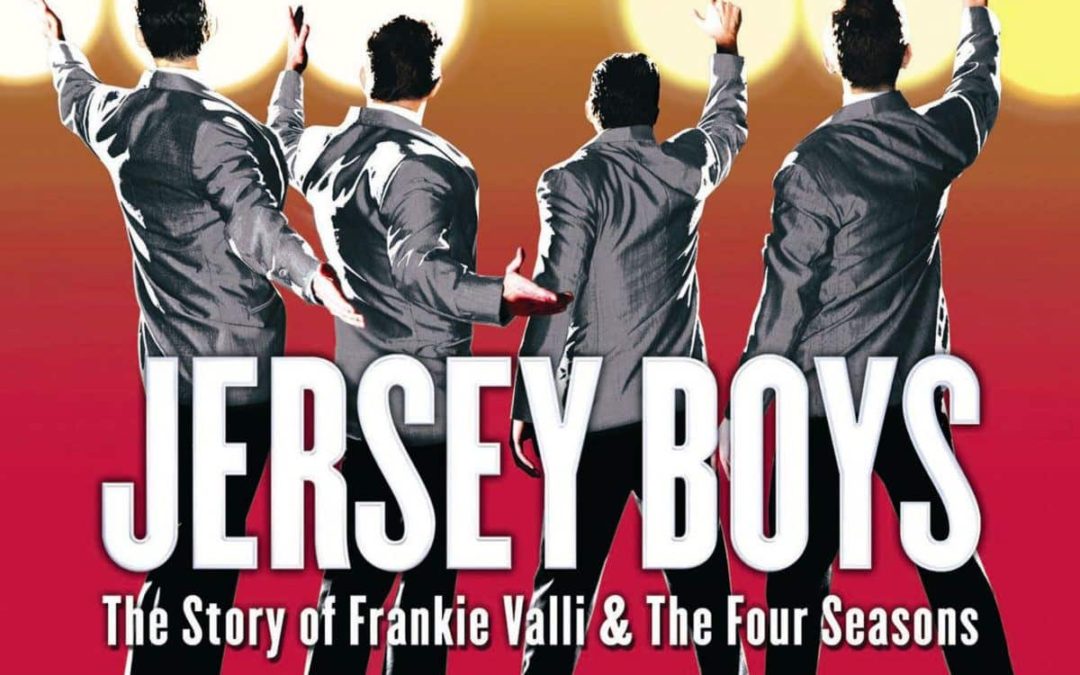
Jersey Boys – The Goof Review
It seems that I cannot turn on a radio, browse the internet or watch the news without hearing a story about a celebrity scandal. It doesn’t matter if it’s a movie star, pop star, hotel heiress or a political figure, for some reason when a person gains that much fame, they feel invincible.
It seems like these situations have been occurring forever, doesn’t it?
Jersey Boys, at the Straz Center in Tampa, Florida, told the history of the famous Four Seasons pop group and all of the so-called “situations” they were in. Frankie Valli, Nick DeVito and the founder, Tommy DeVito. were four stereotypical New Jersey kids that wanted a way out. As juveniles and young adults Tommy and Nick were in and out of trouble with the law, until Tommy decided to start a group that took different
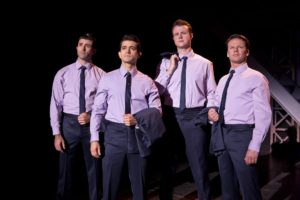 names until they finally arrived with the Four Seasons in 1960 with the help of writer/producer/singer Bob Guido.
names until they finally arrived with the Four Seasons in 1960 with the help of writer/producer/singer Bob Guido.
The play brilliantly portrays the history of The Four Seasons in four parts, with each part
narrated by a different member of the band and supposedly reflecting that band member’s perspective on the band’s history. Most of the big hits of the group are sung either in episodic situations or portraying the band on stage either in concert or on television.
A huge surprise to me, was when I opened the program and found the roll of Frankie Valli is portrayed by Hayden Milanes. Hayden and I performed together in a couple of different shows in another life. Without any bias, Hayden’s performance was nothing short of amazing. The song “Big Girls Don’t Cry”, made Frankie Valli’s extraordinary range famous and Hayden seemed to recreate it with ease. Personally, I think the amazing richness in his vocal quality followed with his research of the character honored Mr. Valli to the extreme.
What was even more amazing is Hayden’s talent was only matched by the other members of the ensemble. Nicolas Dromard portrayed Tommy DeVito with the crassness and overpowering attitude of a bully, and sang the harmonies with excellence.
Adam Zelasko portrayed Nick with the quiet determination of the performer that took the back seat a lot of the time, but always tried to help his brother keep it together. Adam’s voice was powerful and played homage to Nick and the rest of the group with perfection.
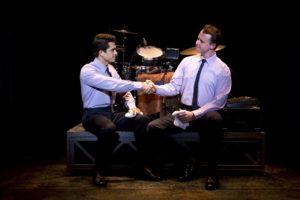 The biggest corner was turned when the group was joined by Bob Guido, played by Quinn VanAntwerp. I am not a fan of giving extra praise to one actor or another, especially in a show that is ensemble driven, but as amazing as the other members of the group were, Quinn’s acting ability gave him a stage presence that just could not be matched. His singing had this subtle quality, that foreshadowed his actions in the coming scenes. Quinn was nothing short of brilliant which is saying something because all of the actors on stage were amazing.
The biggest corner was turned when the group was joined by Bob Guido, played by Quinn VanAntwerp. I am not a fan of giving extra praise to one actor or another, especially in a show that is ensemble driven, but as amazing as the other members of the group were, Quinn’s acting ability gave him a stage presence that just could not be matched. His singing had this subtle quality, that foreshadowed his actions in the coming scenes. Quinn was nothing short of brilliant which is saying something because all of the actors on stage were amazing.
Another character worth noting was Bob Crewe, the producer that put and kept the Four Seasons working and famous. Barry Anderson’s gifted portrayal of Bob was nothing short of fantastic. Even as a featured actor, he had a command of the stage that allowed him to stand out in the scenes that he was in.
The rest of the actors completed the ensemble with perfection. A few of the actors had multiple roles, and were played with such finesse that it was not apparent unless you read the program.
With all the well deserved accolades I have given Jersey Boys, I did notice a few problems from my orchestra seat. The balance of the microphones seem to be off when transitioning from singing to dialogue as there were several points where it was hard to hear.
The direction while good, had some unusual placement of the actors. There were times when I really needed to see what the actor was feeling, but their back was to the audience. Every novice director is taught to position the actors to face front as much as possible, but in the professional arena, those rules are thrown out the window in order to make room for new visions, art and realism. Unfortunately, there were a few moments where if this rule would have been applied it would have made for even stronger moments within the show.
Lastly, one of the designs I absolutely loved about the show were the sets. They were simple, and clean which allowed for the acting and singing to take center stage without focus going to some special effects. The sets were so simple the actors were even tasked with bringing furniture and props on and off the stage. I haven’t such simplicity since “Spring Awakening”. It added to the charm of the show.
All-in-all, this show is worth seeing. So many times national tours come through Tampa and just look tired. This show is incredibly energized and fun to watch.
A MUST SEE!
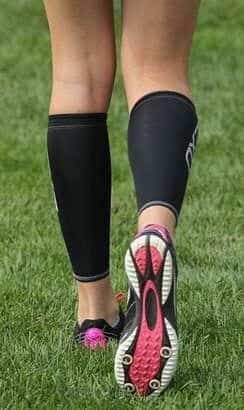
The Ultimate Guide to Compression
It has been a while, and I have a ton of ideas that I am anxiously awaiting to share with you. Unfortunately, time has been getting away from me. Between training myself, a full-time job and being at capacity with 15 individual clients I am struggling for time to post. I promise I will figure out a way to make time. I am so lucky to have such great people to bounce ideas off of, that sometimes, by not posting, I feel like I am letting all of you down, so I promise to post more even if the posts end up being a lot shorter than usual. (Which the length is probably not your favorite part of it anyway. I know I ramble.)
Before I get into the nitty-gritty of my personal opinion of compression, a disclaimer.
I am not a medical professional. The opinions that are shared on this post come from research, my own experiences and the experiences of athletes I have personally witnessed and information I have researched. Every athlete/person has a different body and some products and/or methodologies may be advantageous for some and may even be dangerous for others. This post deals with my beliefs and my research. (Was that clear?)
Lately, most of the questions from other athletes, including clients of mine, have asked about compression. This usually centers around calf sleeves, but does include some of the other compression apparel as well. My answer is usually, for recovery and for temporary use they are great, but not for training. Why? Great question.
I am going to use calf sleeves as my example.

While running, biking, swimming or any major activity using the legs, the muscles are constantly in motion. That motion is what naturally makes the muscles stronger. The muscle moves and is loaded with either more repetitions, or with weight. The full range of motion of each muscle is imperative to the strengthening of the muscle. Compression holds that muscle in place and limits the movement therefore limiting the range of motion. While compressed the muscle cannot fully develop while training. Let’s take a look at the anatomy of the lower leg in the running position.


As you can see the gastrocnemius muscle and Achilles tendon, when the knee is flexed, both constrict and then elongate when the knee straightens. Here is the epitome of the range of motion naturally occurring when running. The more flexion and constriction that take place the more they are stretched causing the breakdown of the fibers. After the recovery period the fibers wrap tighter and in more abundance aiding in a strength and endurance. Now imagine that gastrocnemius muscle remaining constricted due to a calf sleeve. It seems to me that this would dictate that it would not have full range of motion also causing the Achilles tendon to remain stretched without the full ability to absorb the impact. This could unintentionally damage the Achilles tendon, the gastronemius muscle and the soleus muscle. If not damage, it will limit the ability to be strengthened. This is why I personally do not recommend calf sleeves during training workouts.
Recovery
I do however do not mind wearing compression while in recovery to include immediately following the cool down of a workout. I mentioned the healing of the fibers earlier. In order for the fibers to heal and become stronger after the breakdown, blood must be pumped through the muscle and with it water for hydration. Compression does help to isolate that area helping to keep the majority of the blood and water being pumped through the body to the point of the compression. With the legs either elevated or even walking around and at that point limiting the movement, it would allow for the blood to pool in that area helping to re-hydrate the muscle thereby helping to heal faster. In turn, an occasional training run or race, with compression at the tail end of an injury, might also benefit, but in a very limited quantity, and duration.
Carpe Vitam!
–IronGoof

Coach Brad’s Goals for the New Year!
Happy New Year!! Welcome to 2014 and the year of YOU!
It’s that time again. The beginning of the new year and time to set some new goals. Notice I am stating resolutions, these are goals. In my experience, the best way to set new goals is to make sure that each one of them is SMART.
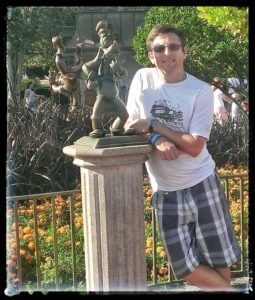
Coach Brad with the Iron Goofy
S- Simple
M- Measurable
A – Achievable
R – Realistic
T – Timely
Let’s take a look at the last year 2013-
Personal:
1. Get over my fear of leaving my day job and get my business off the ground. – Business is good, I have had up to 13 clients with 9 still with me after the tri season was over. I have 3 that have contacted me wanting to start in March. With a full-time job, it keeps me busy. Luckily a few of these are virtual so most of the work is email, phone and Training Peaks.
2. Reduce debt by minimally 50% – Complete – Actually more like 75%
3. Re-commit to a financial plan and budget – Complete – see #2
3. Complete my Certified Personal Trainer, USAT Level 1 coach, and USATF Level 1 and minimally begin my Certified Nutrition Professional. – Complete except for CNP (*also added RRCA, Newton & Lydiard Certs)
4. Blog at least 5 times a week – Unfortunately, this did not happen more like once, but will re-commit for this year to at least 3.
Sports & Fitness:
1. 2 Ironman Triathlons: IM Louisville, IM Florida – IM Florida, but IM Louisville turned out to be more financial 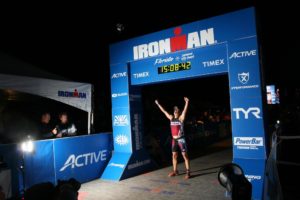 then not trained.
then not trained.
2. IM FL in less than 12 hours – This one was discouraging. Read about it. – I am thinking about doing another one for vindication.
3. Running average pace at 7:30 min/mile at RPE 2 – I got to about 7:45 for a 10k
4. Biking average pace at 22 mph at RPE 2 – Complete – hit this at IM Augusta
5. Swim at 1:45 per 100m at RPE 3 – Incomplete – will have to focus more on the swim this year
6. Start CrossFit as strength training – Started it, but stuck to more of a Lydiard method. Will be incorporating at least once a week during strength phases.
7. 1 half-marathon at 1:35 or less – 1:43 was still my best. Have to dedicate to this one again
The score is 8 out of 13 completed with each at least attempted. I would consider it a successful year, but I would like to do better.
What’s in store for Coach Brad in 2014?
Personal Goals:
1. Completely eradicate debt
2. Start another passive income stream with the possibility for full-time income. (already started actually)
3. Have a plan by the end of the year for leaving my full-time job
4. Communicate more with family
5. Start a financial plan for the future
6. Understand more about SEO and Internet Marketing
7. Blog 3x per week minimally
8. Complete CNP, USAT Youth & Juniors, USAT Official and start CSCP certifications
9. Less take-out and dining out, more cooking. (25 out of 30 days a month)
Sports & Fitness Goals:
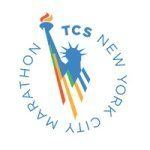
1. New York Marathon – 3:40 or better
2. Half Marathon – 1:35 or better
3. Conversational pace at 7:30
4. Complete 2014 miles ran
5. Possible Vineman Ironman Distance?? (Vindication Race)
6. Complete two 70.3 triathlons
7. Swim at 1:45 per 100 for 2 miles
8. Inaugural ITU Chicago Triathlon – 2:25 or better
9. All members of the TNT I am coaching crossing finish line at both Nike Women’s and RnR San Diego
10. First – Complete Dopey Challenge with a smile.
How about you? What are your goals for 2014? Are they SMART?
Carpe Vitam!!! (Seize Life)
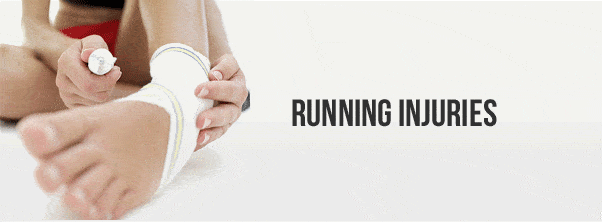
The Goof’s Guide to Common Injuries and Prevention
I believe I have started to write this post on injuries, a number of times, trying to be as clear as possible without seeming conceited or that the information I am giving is absolute. That being said I am giving this disclaimer:
The information in this post comes from experience, my personal research and conversations with Physical Therapists, Bio-mechanical experts, Orthopedists and other athletes. I am not a physician or medical expert, so please take this information as opinion based on cognitive research. Also, there is an exception to every rule and another explanation. I do welcome comments that give constructive criticism, but I make mention to this disclaimer first.
What causes injuries?
You might be surprised to hear that there are only two reasons runners (and other athletes) get injured; accidents and imbalance. Accidents are obvious right? For example; rolling the 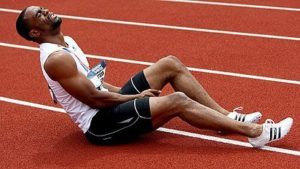 ankle stepping off a curb, falling, being hit by a bicycle, etc.
ankle stepping off a curb, falling, being hit by a bicycle, etc.
Imbalance will cover the why’s of the rest of the injuries. The human body is designed for every system to work in synergy, therefore when one piece of the puzzle is not operating a full capacity or efficiently, the other systems have to do more work. This is when the imbalance occurs.
When talking with Physical Therapists and Bio-mechanical experts I was shocked at some of the stories I heard. One story I heard was of a football player who was training, running 100s up and down the field carrying a ball. He had extended his shoulder just barely beyond its usual range of motion, and he ended up with severe pain in his opposite quadricep. “What?!!!!” was my initial reaction, however, I was then educated on the connective tissue (ligaments, tendons etc) which can be traced from the very top of our skull, down through our torso and into the extremities. Everything is connected.
Common Injuries
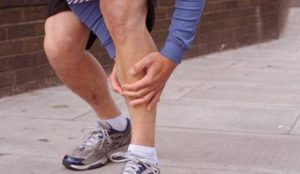
As another example, one of the most popular injuries for newer runners are the dreaded shin splints or medial tibial stress syndrome (MTSS).
Scientifically it is caused tiny micro tears of the fibers connecting the medial soleus fascia through the periosteum of the tibia where it inserts into the bone. Due to the soleus becoming so week that the constriction starts to bow the tibia. In more layman’s terms, the calf becomes so tight due to weakness and inflexibility, that the connective tissue pulls on the bone. (There is some physiological proof and complaints that more runners are getting shin splints and other injuries due to training in calf sleeves and other compression gear, but I will address this in another post.)
This same weakness, fatigue in the calf muscle can also cause another popular injury. Plantar Faciitis. In this case, instead of the connective tissue weakening through to the soleus is pulls on the plantar fascia causing inflammation which can be debilitating.
An injury can be traced either by the athlete themselves or by a professional to a point of imbalance. Most likely somewhere within the full spectrum of the athletes, body, behavior and, do I dear say it, attitude.
How can injuries be prevented?
As a coach and trainer, my first rule, and one that I increasingly live by, is “Do no harm.” Therefore, I am always asking questions starting at a high level and continuing to get more specific. (The examples below are catered more toward running, but can be used in any sport.)
Planning
- Is the effort balanced through each week? (So, no high intensity days back to back)
- Is the volume balanced? (No consecutive high mileage days)
- Is the duration balancing?
- Is there enough recovery?
- Does the periodization allow for peaking at race time, but still allow for enough rest prior to the race?
Strength Training
- At what time in the plan does strength training make sense?
- This can be critical. If the strength routines are not designed to not only strengthen the muscles used for the sport, but strengthen them for the way they will be utilized, it can be detrimental. For example: Heavy squats for a runner. What is targeted? The glutes, and hamstrings. How are they being utilized in a downward and upward motion causing the hamstrings and glutes to gain size in that direction. How do we run? In a forward motion right? Well if there is more pull on the glutes in the sitting position gravity will work to pull backwards. That is working against what we want. It would be better to do air squats or light dumbbell squats where the motion is more forward which would be utilizing the muscle the right way.
- Are the exercises within the workouts specifically designed to strengthen a muscle, or group of muscles, in the same way they are utilized within the sport?
- Are the intensities, duration, reps and sets balanceing within the weeks of that period in the plan?
- At what time in the plan does strength training make sense?
Form and Technique
- Does the plan take into account work on form and technique either as a full workout or within workouts?
- Is it enough? Or Is it too much? (This is obviously specific to the athlete)
- When looking at the athlete do they look symmetrical? Are there any imbalances to the eye? (over-pronator, supinator, flares,)
- Is the athlete in the right shoes and equipment?
Nutrition
- Is the nutrition in strategic balance, fueling the muscles properly for the sport?
- Is there enough calories? Are there too many calories? Are the calories nutritional dense?
Mindset
- Is this the right time in the athletes life for this race?
- Do they have a support system?
- is the plan fitting in the athletes life with minimal impact, or is there planning for the impacts ahead of time?
- What kind of attitude does the athlete have towards training and does the plan fit that attitude? Or should there be an adjusting of attitude?
There are definitely more questions I ask, however, I think these examples give a good idea of why balance is so important.
The term “overuse” is being used quite a bit, but what is it? It’s an imbalance of planning or lacking thereof. Tracing Injuries is completed from the highest level which would be the training plan, all the way down to the balance of strength and flexibility within the connective tissue of the body. Personally, I think it is amazing that on one hand our bodies can endure a lot, but if we don’t notice those little weaknesses, it will create an imbalance that could cause and injury that may or may not keep us from doing what we love most.
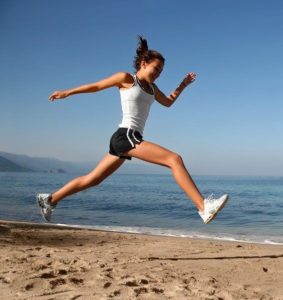
Balanced Plan -> Period -> Weeks -> Workouts -> Balanced Form -> Body -> Mind
Carpe Viam!

